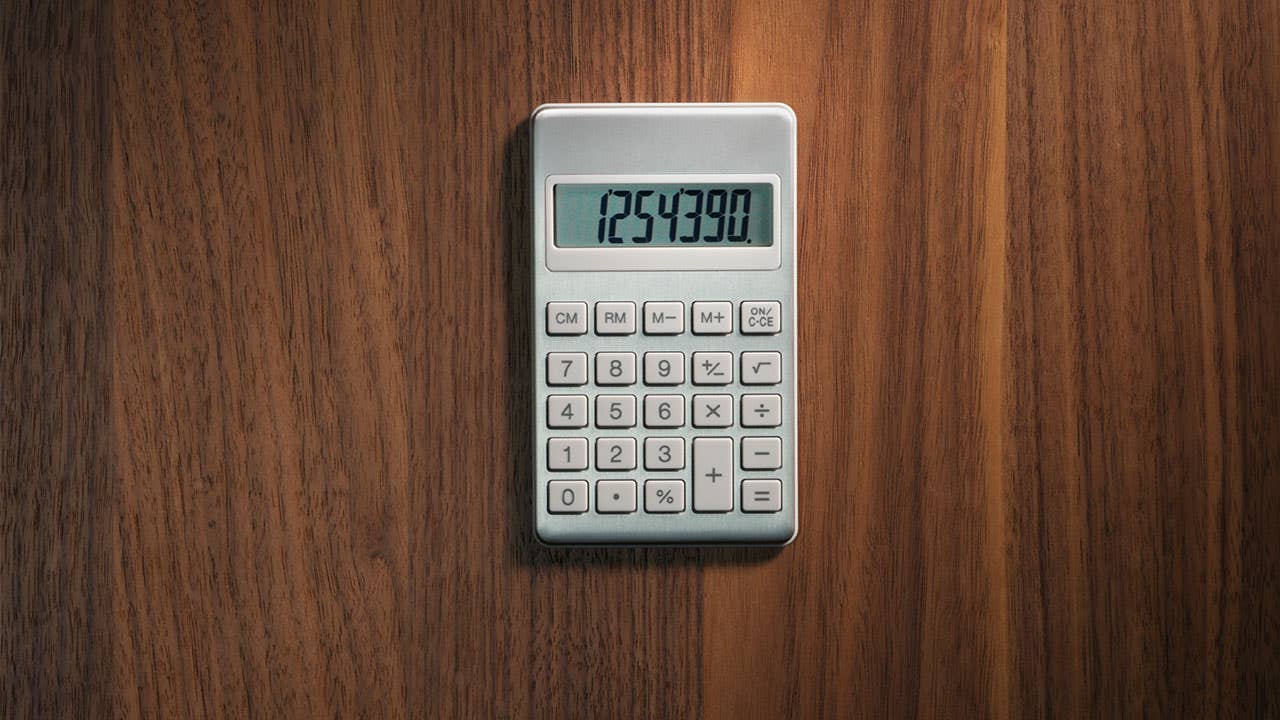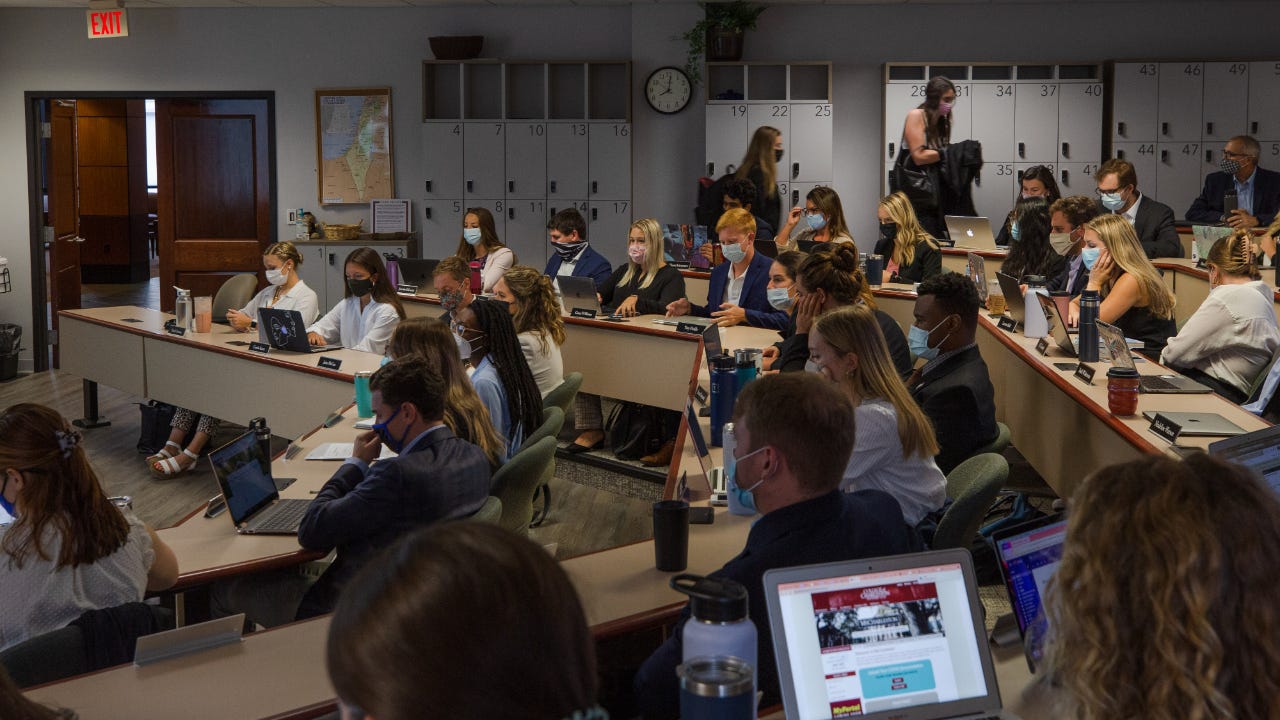Habit of saving and investing at early age; 5 ways students can save and invest for their future

A habit of saving and investing at an early age; 5 ways students can save and invest for their future
Nobody is born with the ability to save or invest. Every successful investor begins by learning the fundamentals.
A wealthy relative may die, or a business may take off, and a few people may find themselves financially secure. However, for most people, saving and investing over a long period is the only option to achieve financial stability.
One of the most crucial things you’ll ever need to know is how to protect your financial well-being. It doesn’t take a genius to accomplish it. All you need to know is a few fundamentals, make a strategy, and be prepared to adhere to it No Regardless of how much or how little money you have, the most essential thing is to have fun. The important thing is to educate yourself about your options.
You may believe that as a student, you don’t need to think about saving and investing right now. However, waiting has a cost, and even a small amount saved today may add up over time to help you pay for your immediate and long-term goals.
Here is no doubt that saving and investing are important for students to make their future. students should plan how to invest their money for their future, to make their future bright and secure. They should have a plan on how to spend their money wisely. If they do not have a plan, it will be very difficult for them to save and invest money. students should have a budget.
If they have a budget, they will save more money than they think. Saving and investing can be so much fun and so much use if students have a plan and a budget.
Saving and investing are money management. What do we mean by money management? Money management means that we save and invest money to spend and invest wisely. When we save and invest wisely, we can build a bright and secure future.
/cropped-image-of-hand-putting-coins-in-jars-with-plants-755740897-5ab88ee1875db9003759d390.jpg)
Be aware of your current financial status. Take a moment to sit down and examine your complete financial status. You can’t start a journey without understanding where you’re starting from, and the same is true for a path to financial security. You’ll need to write down your present circumstances, including what you possess and what you owe. You’re going to make a “net worth statement.” Make a list of everything you possess on one side of the paper. This is what you refer to as your “assets.”
List what you owe other people, your “liabilities” or obligations, on the other side.
No one can guarantee that you will profit from your investments. However, if you learn the facts about saving and investing and stick to a smart strategy, you should be able to build financial stability and reap the rewards of money management over time.
Keys to Financial success:
1.Make a Financial Plan
2. Create a budget
3. Start saving and investing as soon you have paid your debts
Individual financial planning is the process of achieving one’s life objectives via prudent financial management. These objectives might include purchasing a home, putting money aside for children’s education, or planning for retirement. It’s a step-by-step procedure that assists you in getting a clear image of your financial situation.
You may use these stages to figure out where you are now, what you might need in the future, and what you need to do to achieve your objectives.

Financial objectives, financial decision-making, and financial measurements for evaluating company success are all outcomes of financial planning. Financial goals should be defined upfront so that the remainder of the decisions may be made properly.
The objectives need to be consistent with the objectives. Financial decision-making helps in analyzing the financial problems that are being faced by the individuals and accordingly deciding the course of action to be taken by it.
The financial measures like ratio analysis, analysis of cash flow statement are used to evaluate the performance of the Company and whether investors should be made in that particular company or not The selection of these measures again depends upon the objectives of individuals.
Here are some ways that students can save and invest their money at an early age-
Save money while studying and in college.
The first step of starting financial discipline is to save some money. If there is any excess money after all bills and payments, it should be used for saving purposes. For example, we can use some amount of money every week for saving.
While you have extra money after each payment, you can start saving money. To begin saving money, it would be better if you use the same amount of money that you used to spend every week. If it is more than that, the amount you used to save is more than what you were spending. The amount saved becomes your emergency fund.
As your emergency fund, it is better to start small and build up to a point where you can have a comfortable amount of money. If you will use the same amount of money for each week, you will be increasing your savings. As your savings increase, it will show in the future.
There is a chance that your money will not be as much as you would have spent because you will save some of the money. You may or may not have more money in the future. If you do not save money, you will have to have large amounts of debt. There is no reason for you to take on unnecessary debts. When you

Be responsible to invest wisely.
When it comes to saving and investing, it is important to have some emergency funds. You can also save some money and use that money for different purposes. It is important to invest wisely.
If you have extra money that you did not use for saving, it is important to invest that money. Investment may or may not provide you with some returns in the future. It all depends on how well you managed your investment. If you invested poorly, the return is not what you would have expected.
If you invested well, you can get more than what you invested. Many people want to invest in the stock market, but this is not the best way of investing. You should invest money for the future. If you can afford to take the risk, you should invest in the future.
There are different types of investment options. If you have any savings, it is important to invest in the future. When you do this, you can become rich. You will find it easy to have money in the future. You need to use your money for saving and investment.
Plan the future financially.
Even when you do not save money, it is important to plan for the future financially. A plan can help you to avoid some problems that may occur in the future. If you do not have any plan, you can lose some money.
You can think of several ways that may happen in the future. If you can imagine all these possibilities, you can make plans to avoid these possible scenarios. Some people want to buy expensive things for the future, but it is important to remember that the mayor may not be needed.
You can’t save for the future. When you buy some things that are not needed, it will end up being wasteful. If you buy something that you will not use, it will end up being a financial loss. If you have a plan, you can avoid these problems.
You can avoid financial disaster. It is important to be responsible for your financial status. You can think of all the possibilities. If you can think of these problems, you will know what to do. If you have a plan, it will not be a problem to deal with financial issues. If you have a financial plan, it will be easier for you to save and invest money for the future.
If you want to buy some things in the future, you should first consider the costs. It is important to spend money wisely. When you have money, you can spend money in the future. It is possible to make plans to save money. It is possible to save money for emergencies and other reasons.

Find an alternative to debt.
If you have some money saved, you can use this money to pay off some debt. If you have some money in your savings, you can use this money to pay off some of your debt. If you can pay some of your debt, it will be easier for you to have a healthier lifestyle.
You will find it easier to save money if you have no more debt. You can accumulate some money. As you accumulate more money, it will be easier for you to handle your financial situation. You will also be able to pay your debts. You can pay off some of your debt.
If you have a plan to pay off some of your debt, you need to follow that plan. If you do not follow your plan, it will be difficult for you to pay off some of your debts. If you are careful about the debts you pay, you will accumulate more money. You may or may not be able to pay off some of your debts. When you have debt, you can end up with lots of bills.
If you have a lot of bills, it will be difficult to handle all the bills. If you pay off some debts, you can reduce the number of bills you have. If you do not have any debt, it will be easier for you to manage your expenses.
Spend money wisely.
When you have an emergency, you should use your money wisely. You can do different things with the money you save. If you have a plan, it will be possible for you to save money.
If you do not have any plan, you may end up losing your money. If you are planning to use some money, you need to spend your money wisely. If you can manage your budget well, it will be easier for you to save money. When you manage your money well, it will be possible for you to spend your money wisely.
If you do not spend your money wisely, it will not be possible for you to be responsible. It will be difficult for you to control your money. You need to be careful about your spending habits. It is possible for you to save some money if you have a plan and manage your money wisely and for you to spend your money wisely if you do not have any debt.




